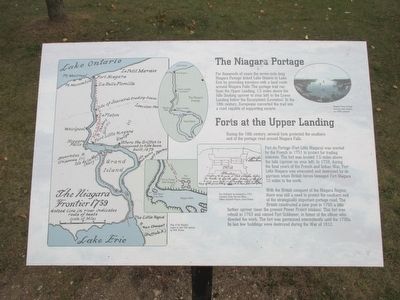Welcome to the intriguing world of Edward Burr Van Vleck, an exceptional figure in the realm of mathematics and academia. While driving or walking past this location in Wisconsin, take a moment to appreciate the legacy of a man whose contributions have had a lasting impact on mathematical theory and education.
Born in 1863, Edward Burr Van Vleck was not just a mathematician; he was a pioneer in the field of analysis and the study of continued fractions. His academic journey began at Wesleyan University and took him to prestigious institutions like Harvard and the University of Göttingen in Germany, where he was influenced by the groundbreaking work of Felix Klein.
In the early 20th century, Van Vleck became a central figure at the University of Wisconsin-Madison, where he served as a professor and eventually as the chair of the Mathematics Department. His leadership and vision helped shape the department into a leading center for mathematical research and education.
Beyond his academic pursuits, Van Vleck played a crucial role during the World Wars. During World War I, he contributed to the war effort by working on ballistics and other military applications of mathematics. His efforts were recognized with a Distinguished Service Award.
Van Vleck’s influence extended beyond his lifetime. His son, John Hasbrouck Van Vleck, became a notable physicist and Nobel laureate, further cementing the family’s legacy in the sciences.
Today, the Edward Burr Van Vleck legacy is preserved not only in the academic achievements and awards named after him but also in the continued admiration of mathematicians and historians who study his work. His story is one of dedication, intellect, and a passion for advancing human knowledge.


